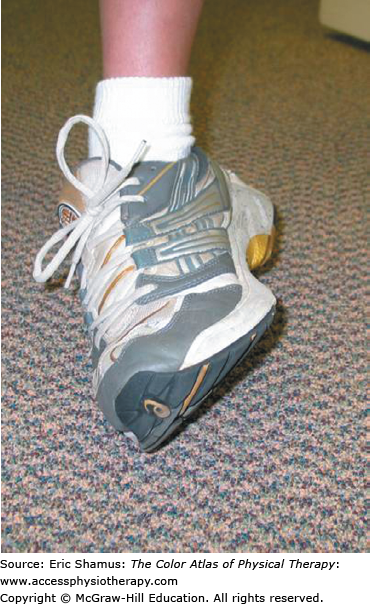Anterior Talofibular Ligament Sprain


Patient is a 31-year-old male. He was out walking on a dirt path when he turned his ankle inward and fell. Patient was able to walk home. He saw the physician the next day who tool x-rays that were negative. The physician placed him in a walking boot for 2 weeks to try and get some stability. Patient presents swelling, pain and decreased mobility. He is still having difficulty with ambulation.
What functional stability level would this anterior talofibular ligament sprain be and what special test(s) would be best used to determine the stability level?
A. Stable Grade 1 sprain, Anterior Drawer Test
B. Unstable Grade 3 Sprain, Ottawa Ankle Test & Anterior Drawer Test
C. Stable Grade 2 Sprain, Talar Tilt Test
D. Unstable Grade 2 Sprain, Anterior Drawer Test & Talar Tilt Test
Answer with rationale: The correct answer is D. Unstable Grade 2 sprain, Anterior Drawer Test & Talar Tilt Test. There are two main tests used to determine an anterior talofibular ligament sprain: the anterior drawer test and the talar tilt test. Both tests determine the laxity of the ligaments. If only the Anterior Drawer Test is positive, it grades the sprain at a 2, and automatically as unstable. The Grade 2 sprain is associated with moderate swelling, pain and tenderness, as well as mild to moderate function, all of which the patient has presented with. Classifying the sprain as Grade 2 automatically qualifies it as functionally unstable.
For more information see Chapter 203: Anterior Talofibular Ligament Sprain in the Color Atlas of Physical Therapy.
Create a Free MyAccess Profile
AccessMedicine Network is the place to keep up on new releases for the Access products, get short form didactic content, read up on practice impacting highlights, and watch video featuring authors of your favorite books in medicine. Create a MyAccess profile and follow our contributors to stay informed via email updates.